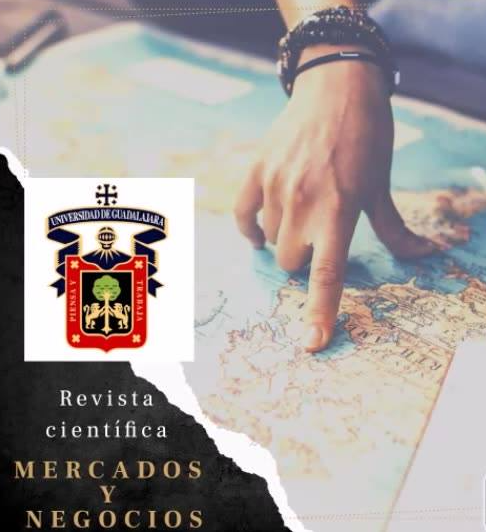The Monte Carlo method of random simulation samples
DOI:
https://doi.org/10.32870/myn.vi50.7710Palabras clave:
Monte Carlo method, random simulation samples, finance, economy, indexResumen
The Monte Carlo method is one of the most powerful mathematical techniques that, through calculation, analyzes risk and allows solving physical and mathematical problems through computer programs. Using historical data creates and predicts models of possible future results by substituting a range of values, calculating results repeatedly, and using a different group of random values of the probability functions to predict the potential effects of some uncertain event related to problems of all kinds.Citas
BANXICO. (2023). Sistema de Información Económica. México, Banco de México. Link: http://www.inegi.org.mx/sistemas/bie/
Eppen, G. D. (2000). Operations Research in Administrative Science. Prentice-Hall, Inc.
Gentle, J. E. (2013). Random Number Generation and Monte Carlo Methods. Springer Science & Business Media.
INEGI. (2023). Banco de Información Económica. Mexico: Instituto Nacional de Geografía y Estadística. Link: http://www.inegi.org.mx/sistemas/bie/
Metropolis, N. & Ulam, S. (1949). The Monte Carlo method. Journal of the American Statistical Association. 44(247)
Ulam, S. M. (1983). Adventures of a Mathematician. Charles Scripner's Sons.
Vargas, J. C. & Cruz-Carpio, C. A. (2020). Study of the Monte Carlo method in simulations for the estimation of the π value. Bolivian Journal of Physics. 36.
Descargas
Publicado
Cómo citar
Número
Sección
Licencia
Derechos de autor 2023 Juan Gaytán Cortés

Esta obra está bajo una licencia internacional Creative Commons Atribución-NoComercial 4.0.
Mercados y Negocios por Departamento Mercadotecnia y Negocios Internacionales. Universidad de Guadalajara se distribuye bajo una Licencia Creative Commons Atribución-NoComercial 4.0 Internacional.
Basada en una obra en http://revistascientificas.udg.mx/index.php/MYN/.
Los autores conservan los derechos de autor.






